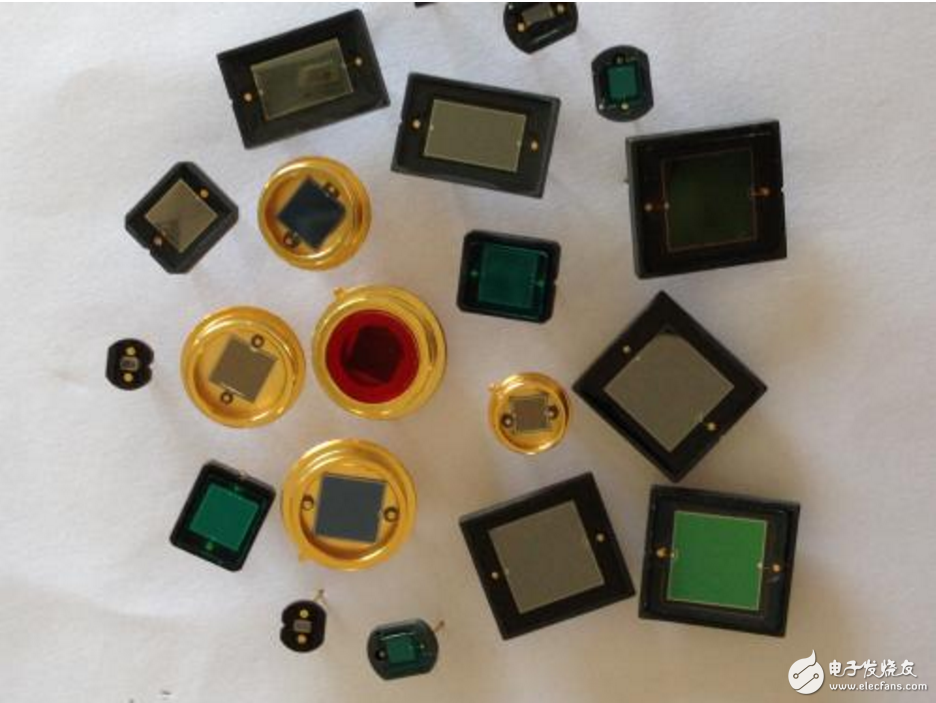With the rapid development of technology, photovoltaic cells have played an increasingly important role in people's production and life. Photocells are devices that use the photovoltaic effect to convert light directly into electrical energy. Because it can directly convert solar energy into electricity, it is also called solar cell. A solar cell is a photoelectric conversion device made by utilizing a semiconductor photovoltaic effect, and can be used as both a power source and a photodetection device. The photovoltaic cell used as a power source mainly converts the radiant energy of the sun directly into electric energy, which is called a solar cell. The solar cell does not require fuel, has no moving parts, does not emit gas, has the advantages of light weight, stable working performance, high photoelectric conversion efficiency, long service life, no pollution, etc., in aerospace technology, meteorological observation, industrial and agricultural production, and even people. Everyday life and other aspects have been widely used. The photocell used as a photodetection device has the characteristics of high reaction speed, no need of external bias during operation, and is used for a near-infrared detector, a photoelectric coupler, and a photoelectric Switch. There are many kinds of materials for photocells, such as silicon, selenium, tellurium, cadmium sulfide, gallium arsenide, etc. The most commonly used ones are silicon photocells. It has a large area of ​​PN junction. When light is incident on the PN junction, the electromotive force is generated at both ends of the junction as a power generating active component. The research on the utilization and characteristics of solar cells is a hot topic in the 21st century. Many countries are investing a lot of manpower and resources to study solar cells. Solar cells are solar cells made according to the photovoltaic effect and have a wide range of applications. Photovoltaic cells are also a type of photosensitive device that not only converts optical signals into electrical signals, but also converts light energy into electrical energy for storage. The photocell is made up of a PN structure, also like a semiconductor diode, but the PN junction has a much larger working area than a typical diode in order to allow the photocell to receive more illumination. Photovoltaic cells usually only receive light on one side, called the light-receiving surface of a photocell. The side that does not receive light is called the back surface. When the photovoltaic cell is in operation, the light energy can be converted into electrical energy to form a voltage, and the positive electrode of the voltage is mostly a light receiving surface. A photocell is an optical component that directly converts the amount of light into an electromotive force under the illumination of light. Its working principle is the photovoltaic effect. Referred to as photovoltaic effect. (Photovoltaic volt effect is a phenomenon in which light causes non-uniform semiconductors or photogenerated electrons and holes in a uniform semiconductor to be separated in space to generate a potential difference. That is, light energy is converted into electric energy.) When a light acts, the PN junction is equivalent to a voltage. source. As shown in the figure, when there is no applied voltage in the silicon photocell, the carrier migration caused by the illumination will generate photo-generated electromotive force at both ends, that is, photovoltaic effect silicon. The basic structure of the photocell is a PN junction. After being illuminated, a photo-generated current I1 from the N region to the P region will be generated. Due to the characteristics of the PN junction diode, there is a forward diode current I2. The current direction is from the P region to the N region. , contrary to the photo-generated current. The theoretical model of a silicon photocell consists of an ideal current source (a current source that produces photocurrent from illumination), an ideal diode, a shunt resistor, and a series resistor. Capillary Thermostat,Water Heater Thermostat,Electric Water Heater Capillary Thermostat,Hot Water Heater Thermostat Foshan City Jiulong Machine Co., Ltd , https://www.jlthermostat.com
